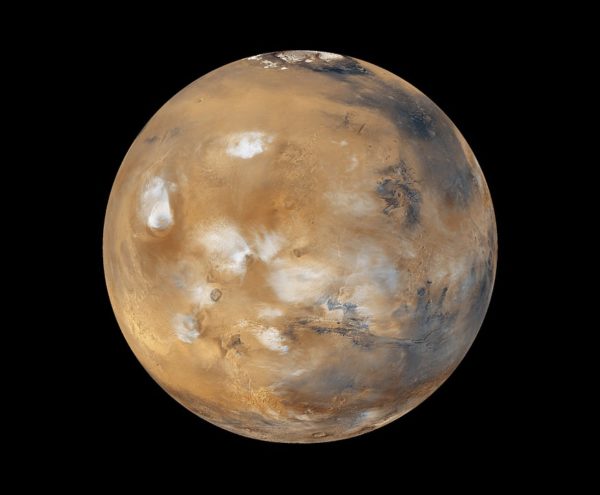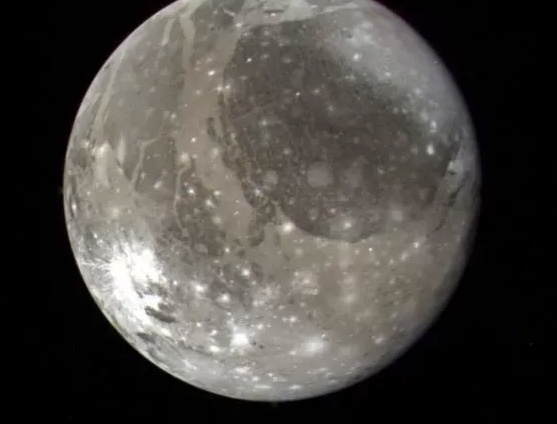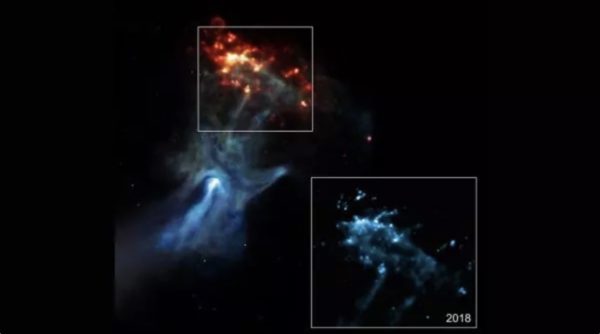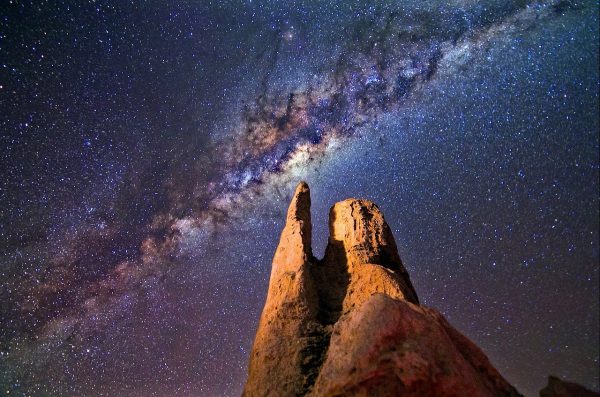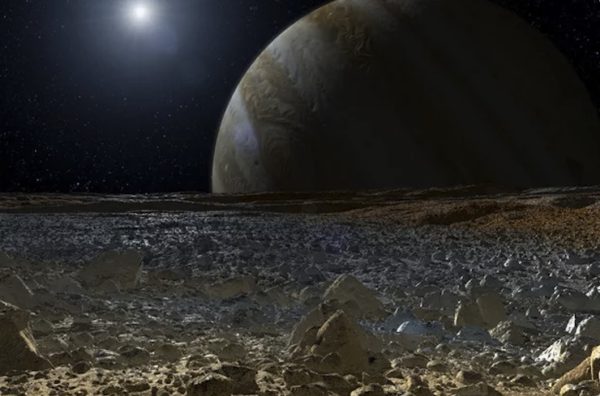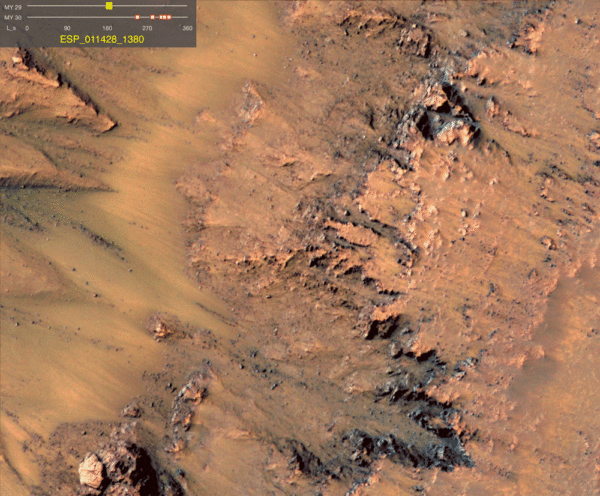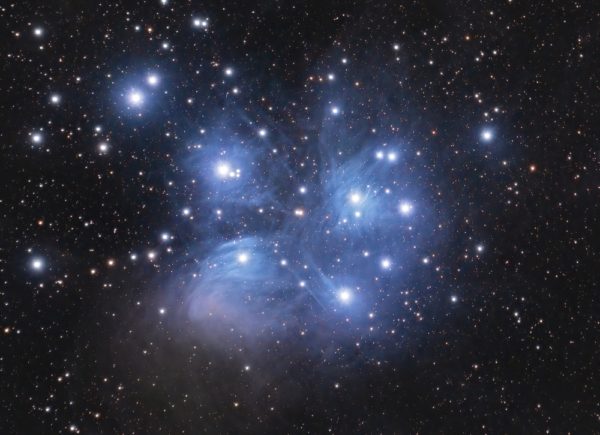SPACE: Are Buried Martian “Lakes” Just Frozen Clay?
Bright reflections that radar detected beneath the south pole of Mars may not be underground lakes as previously thought but deposits of clay instead, a new study finds. For decades, scientists have suspected that water lurks below the polar ice caps of Mars, just as it does here on Earth. In 2018, researchers using the MARSIS radar sounder instrument on the European Space Agency’s Mars Express spacecraft detected evidence for a lake hidden beneath the Red Planet’s south polar ice cap, and in 2020, they found signs of a number of super-salty lakes there. If these lakes were remnants of … Read more



